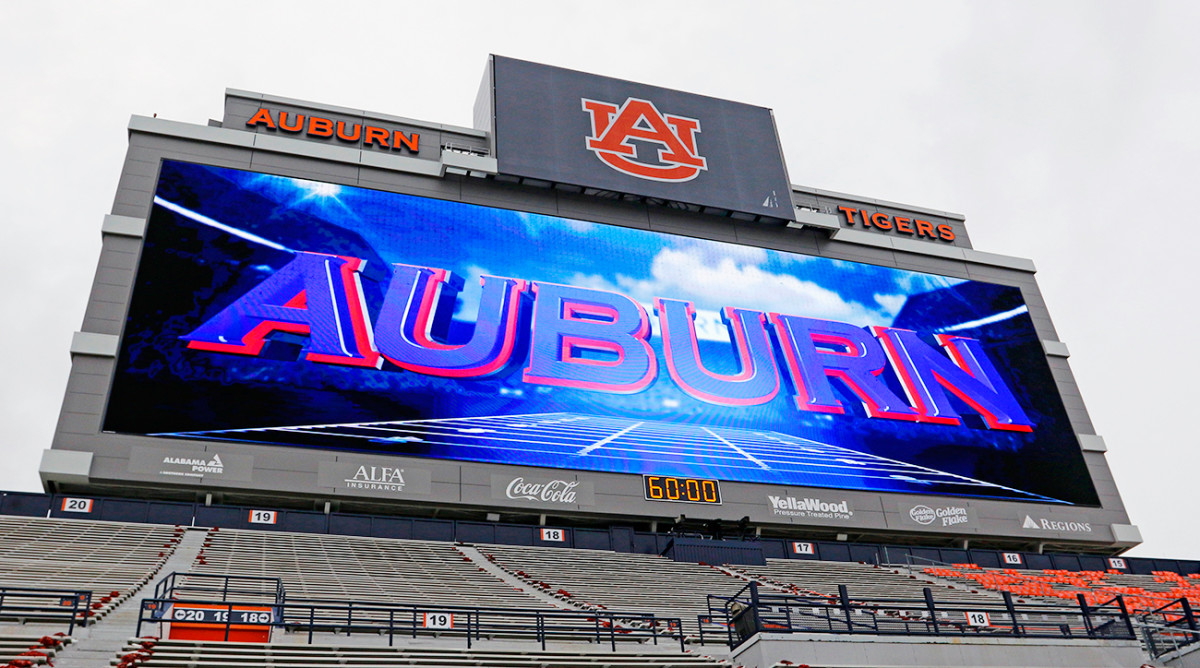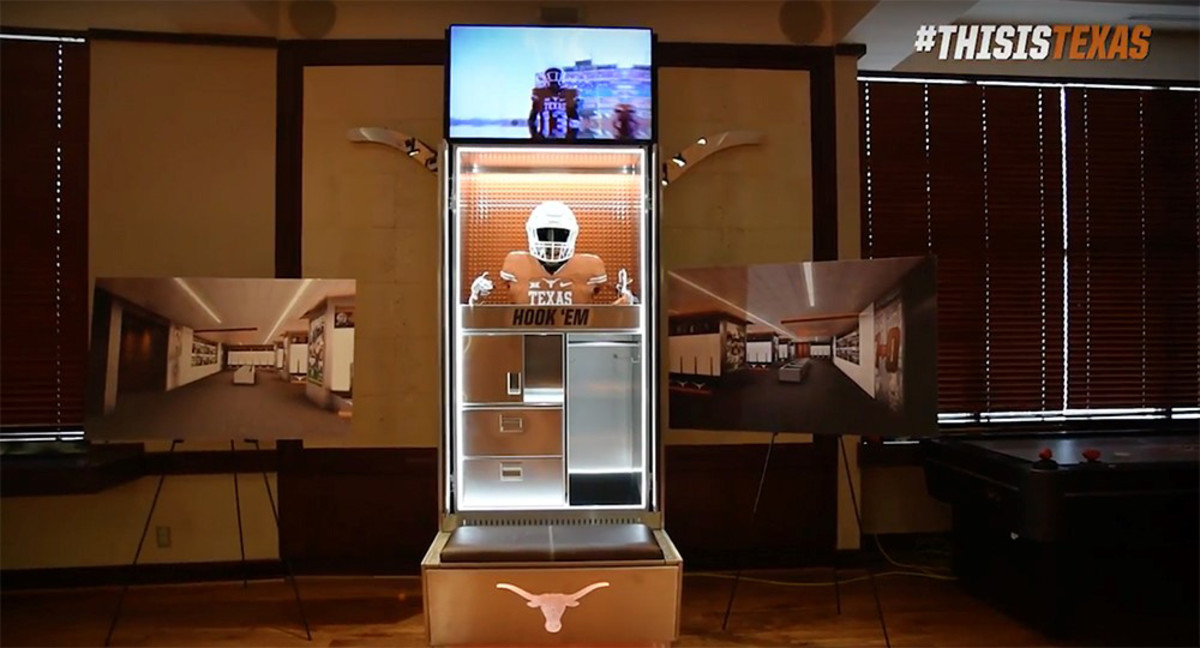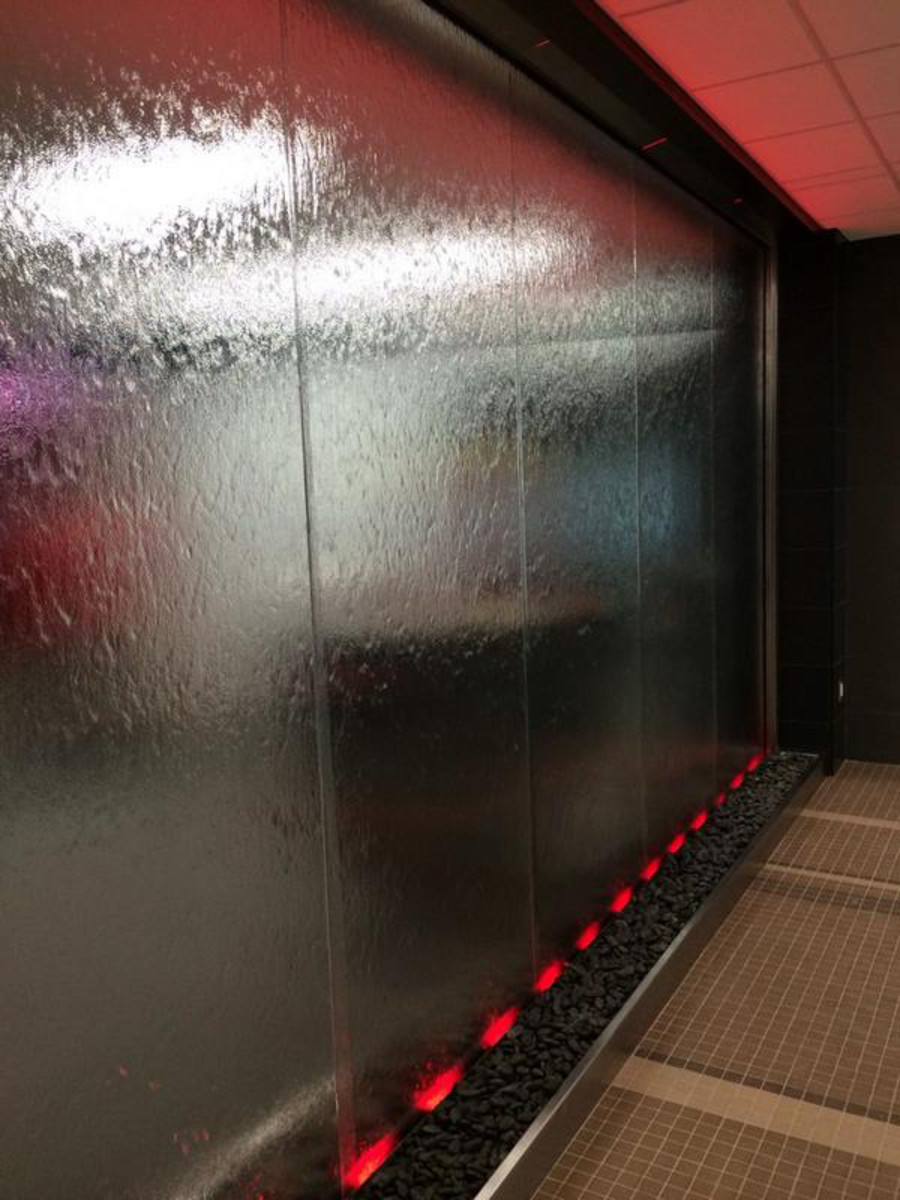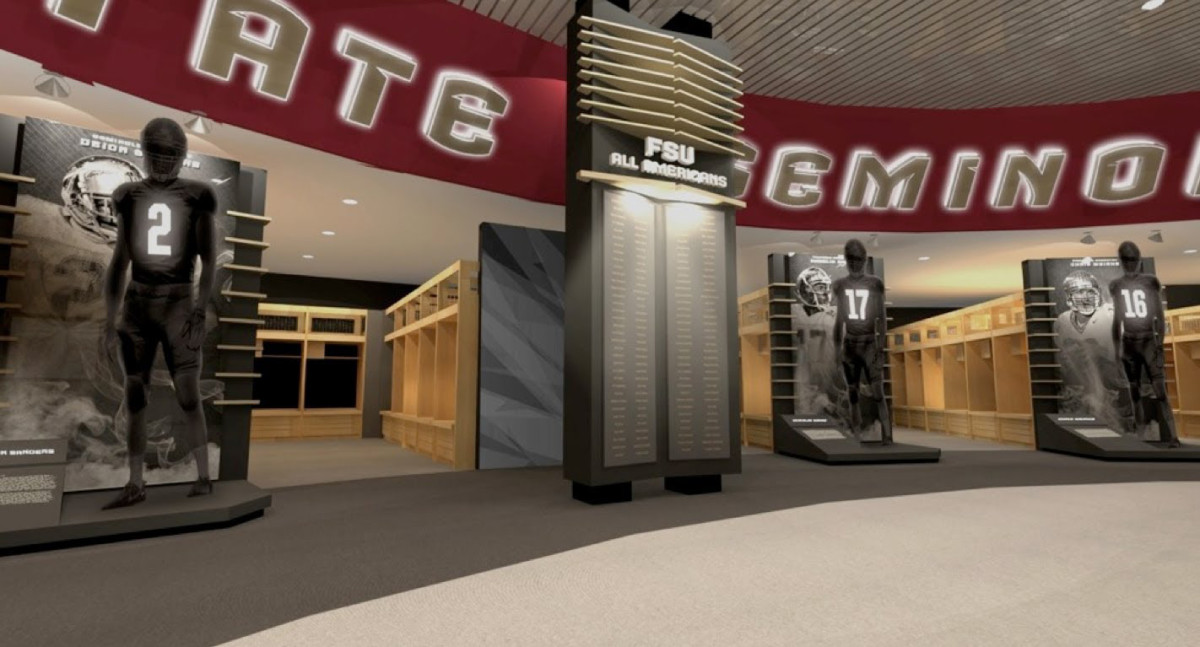The reckoning: When rights-fee bubble bursts, college sports will be changed forever

This story appears in the May 15, 2017, issue of Sports Illustrated. To subscribe, go here.
The irony was hard to miss. Coinciding with the NFL draft on ESPN, the network's job cuts last month played out to similar rhythms: names disgorged one at a time, trickling out every few minutes, then assessed on social media. Roughly 100 journalists were divorced from their employment, and as the unpleasant process unfolded, the entire Bristol, Conn., campus was paralyzed by fear and sadness.
Meanwhile, another workforce was concerned too. As they followed the ESPN carnage, athletic directors at universities throughout the country called their commissioners asking the same fundamental question: How does this affect us? Last week ESPN's layoffs and their potential impact figured prominently on the agenda for SEC commissioner Greg Sankey's scheduled call with conference ADs. John Swofford, the ACC commissioner, addressed "the ESPN situation" with his ADs via a mass memo.
These college sports chieftains know the reality: In 2017 the biggest rivalry in sports pits cable television against digital technology as the choice delivery mechanism of programming. Cable, of course, once dominated. So much so that as recently as 2012 there were 100 million U.S. households paying for cable and devoting roughly $8 per month to receiving ESPN and its sister networks, and often a few additional dollars to the NFL Network and assorted conference sports networks.
With upheaval in cable market, Power 5 bet on Silicon Valley to keep rights revenue flowing
But recognizing the value games created for ESPN, leagues charged accordingly. The NFL's price tag for a slate of meh Monday Night Football games (and no Super Bowl), signed in 2011 came to $1.9 billion per season. In '16, ESPN joined with Turner for an extension of its NBA deal worth $2.7 billion annually. ESPN has also committed roughly $470 million per year for the College Football Playoff.
Leagues and teams took this infusion of capital and spent it. When the Grizzlies' Mike Conley—a capable NBA guard, but no All-Star—makes $30.52 million annually, much of that traces to bounteous rights fees. Same for the new stadiums and all those franchise valuations exceeding $1 billion. College athletic departments spent lavishly too, especially on football. At Texas new lockers were installed that cost $10,500 apiece and include individual 43-inch monitors instead of traditional nameplates. Auburn added a $14 million video board at Jordan-Hare Stadium. Clemson's training complex included a bowling alley and nap room. Even position coaches were making high six figures.
College football's most extravagant facilities
Clemson's facility

Clemson's new facility includes a bowling alley, a nap room, laser tag and even an indoor slide.
Auburn's video board

The 190-feet-tall-by-57-feet-side screen cost $14 million and is the largest in college football.
Oregon's facility

Oregon alum and Nike co-founder Phil Knight keeps the Ducks state of the art in a 145,000-square-foot facility.
Texas's lockers

The lockers, which use a 43-inch TV monitor in place of a standard nameplate, cost $10,500 each.
Ohio State's locker room

Yes, that is a waterfall in the Buckeyes' locker room.
Alabama's facility

The Crimson Tide's facility features an arcade room, billiards tables and a 212-seat theater to use for team meetings.
Florida State's locker room

Florida State updated its locker room as part of its $250 million "Champions Campaign." The overhaul added statues of great players in the Seminoles' history and iPads in every locker.
But then came the great migration away from cable and toward digital. ESPN is in 12 million fewer homes than it was in 2011, and the entire cable bundle is unraveling. A switch to a so-called à la carte model—pay only for what you want to watch—will further erode subscription-fee revenue. It could also mark the death of conference networks. "It was a nice model," says Frank Hawkins, principal of Scalar Media Partners, a Manhattan sports and media consulting firm, "but it isn't going to last."
The future front in the cable-digital war is a likely reduction in rights fees. For all but the most premium content, prices are likely to drop. One lawyer present for the negotiations chuckles when he recalls ESPN's most recent NBA contract. "If that deal was being done today, it would look much different.... We're talking 30%-less different." That deal, mind you, was made 16 months ago.
In a world of fragmented viewership, professional leagues will try to make up the decline in revenue in other ways. That means finding new partners. (Amazon, Twitter and Verizon have all made recent deals to stream NFL games.) Leagues can—and will—reduce labor costs (that is, player salaries) when revenues fall. They can tinker with ticket pricing. They can attempt to penetrate new markets, as the NBA has in China and India.
Will Nick Saban's new contract re-ignite the coaching salary arms race? #DearAndy
College athletics, though, is different. For one, there are no player salaries to slash. Cutting an unprofitable program is complicated by Title IX legislation.
Despite the windfall from media-rights fees, most athletic departments are not sitting on piles of cash. According to excellent reporting by The Washington Post, between 2004 and '14 revenues at 48 of the biggest athletic departments grew from $2.7 billion to $4.5 billion, but spending moved in lockstep from $2.6 billion to $4.4 billion. Even in these flush times, most athletic departments currently operate at a deficit.
What happens when the rights-fee bubble does burst? And what happens if student-athletes ever become salaried employees?
Media Circus: Looking at the aftermath and impact of ESPN's layoffs
Before declaring college sports Armageddon, to use the locution of Alabama football coach Nick Saban—he of the extension that will see him make $11.125 million this year—let's hold up and level-set. Truly premium content—like SEC football—will always attract an audience. Like their pro sports counterparts, college sports can offset some cable-revenue declines by making deals with digital suitors. And colleges can turn to student fees and donors to help make up losses. Plus, the athletic directors have time to figure it out: Most cable deals don't lapse until the middle of the next decade, and the NCAA's March Madness contract with Turner/CBS runs through 2032. (After the ESPN news broke, Swofford reassured his ADs that he had spoken with ESPN president John Skipper and plans for the 2019 launch of the ACC Network would continue.)
Still, the college sports landscape will look different. The divide between the schools from the Power 5 conferences and the rest will widen. Nameplates, not 43-inch monitors, will festoon lockers. There will be fewer $600,000 strength coaches. Football players will have to nap in their dorm rooms. "The athletic department of tomorrow," says Hawkins, "could go through what Bristol is going through today."
